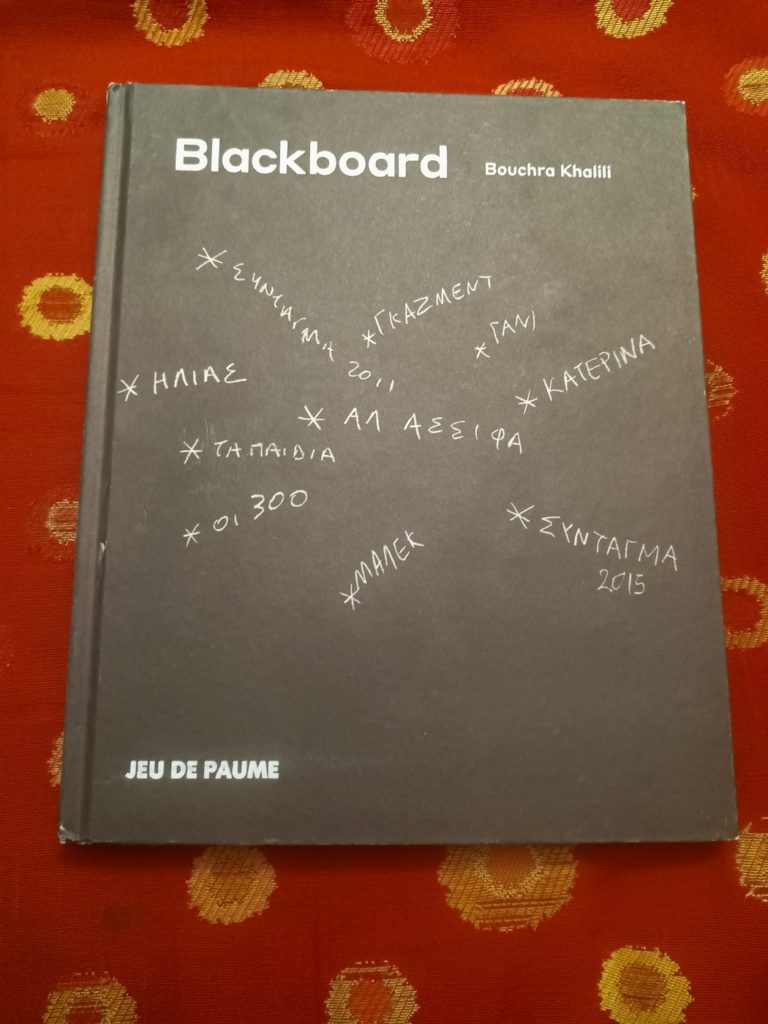1970: Jean-Luc Godard and Jean-Pierre Gorn made a tour of American universities – Harvard (from where I am writing these lines [sic.], Yale, and Berkeley, among others. […]. When Godard and Gorin made their tour, American campuses were ready to rise up. They called on students to offer their support to the Black Panther Party – “the only revolutionary group in the United States” – and to become involved in the Free Bobby Seale movement. […]. At the end of April 1970, addressing students from Yale University, Godard and Gorin tried to define what political cinema could potentially be: – Gorin: “An image is nothing more than an image. We decided to build a new screen as a blackboard, as a possibility for the people….to discuss in front of it [sic].” – Godard: “Making a film is like this blackboard and nothing else than that. The place of the film is right there. But it is your job to see this blackboard and to work on it.” Godard pointed behind him to the blackboard in the lecture hall where the discussion was being held; the blackboard that was usually used for writing up knowledge validated by the institution, by registration fees, by competition and by the making of elites. Godard’s proposal reversed the proposition: the blackboard he pointed to was not that of knowledge as power, it was that of a pedagogy of the margins, to be circulated like contraband. […]. In front of Godard’s “blackboard”, I recall the many hands that fill my work. Shots in the form of inserts, as a suspension of the continuity that defies the continuous assembly line of editing, and signifies nothing more than the invitation to “I’m showing you this.” […]. The Tempest Society ends with a blackboard around which are gathered Isavella, Elias and Giannis, the film’s “passeurs“. In front of that board, they literally draw the script for the film, which does not come across as a premise, but as a conclusion. In real time, what takes shape is a constellation. They call it “Equality”, thus describing the community that the film gathers around it. On this board unfurls the horizontal narrative, in which no one word dominates the others, where each one is side-by-side with the others on the flat surface, in the place where the boards as surface meets the cinematographic frame as representation.
– from Bouchra Khalili ‘Blackboard’ from the book “Bouchra Khalili: Blackboard (Jeu de Paume/Les Presses du réel: Paris, 2018) p. 48

